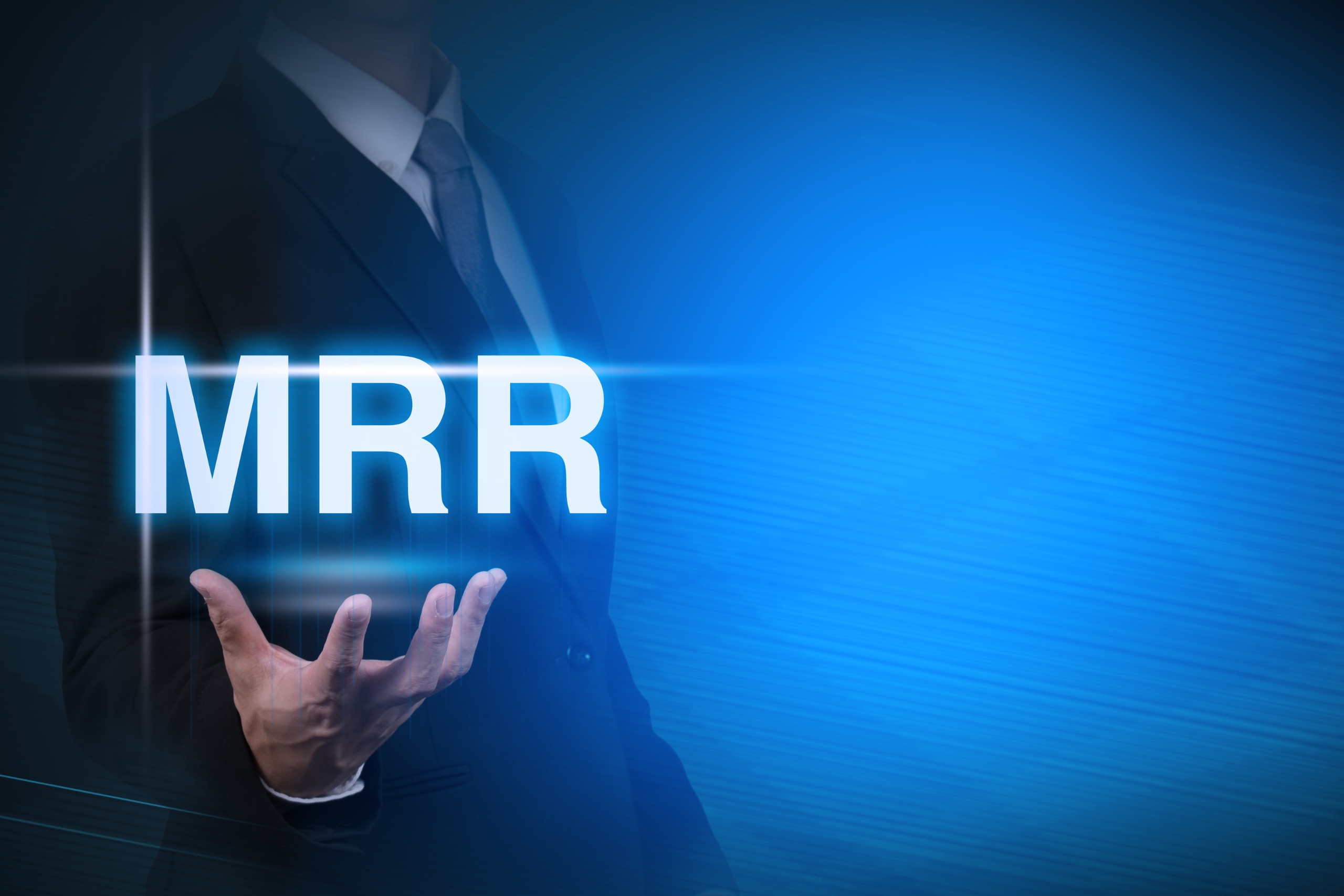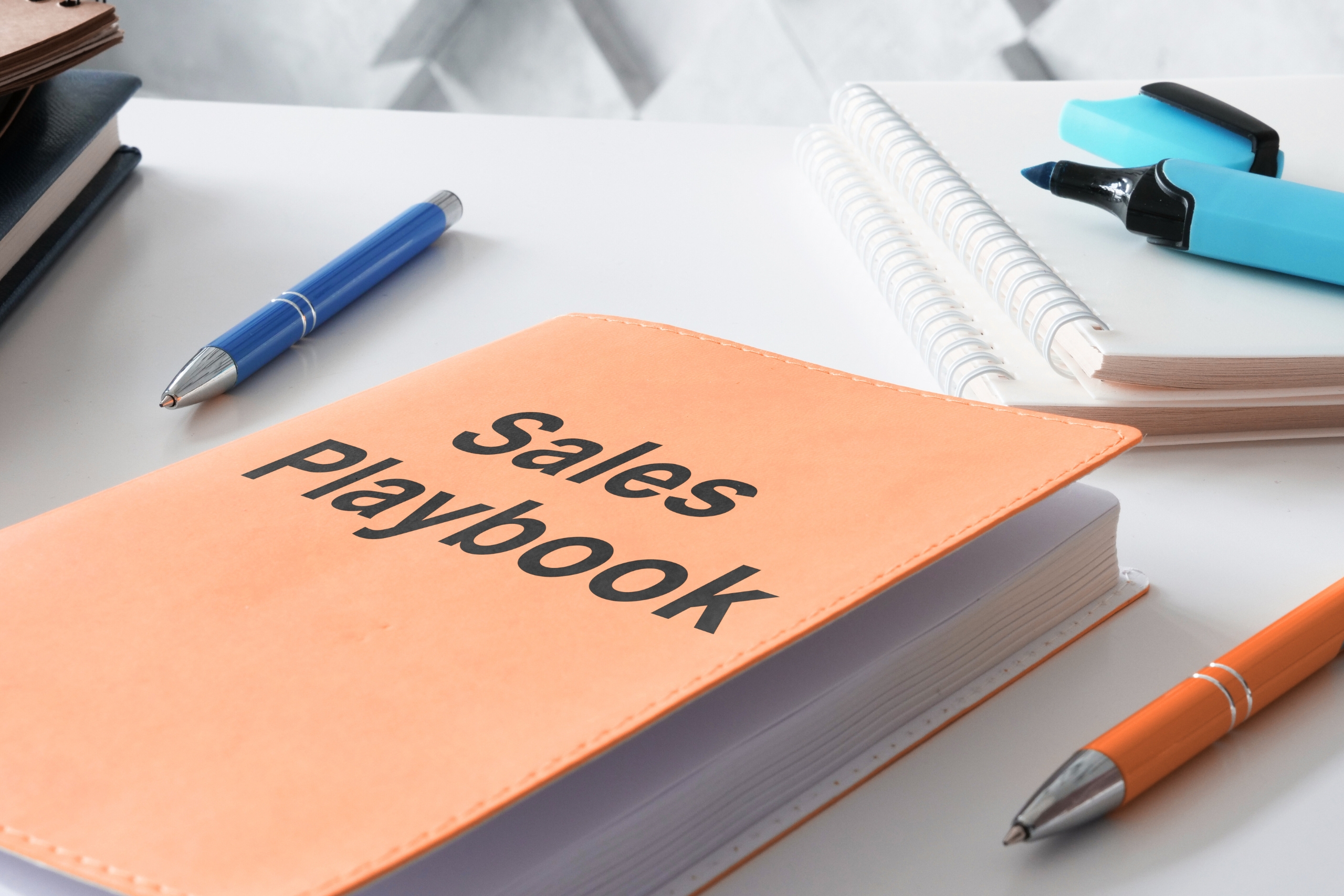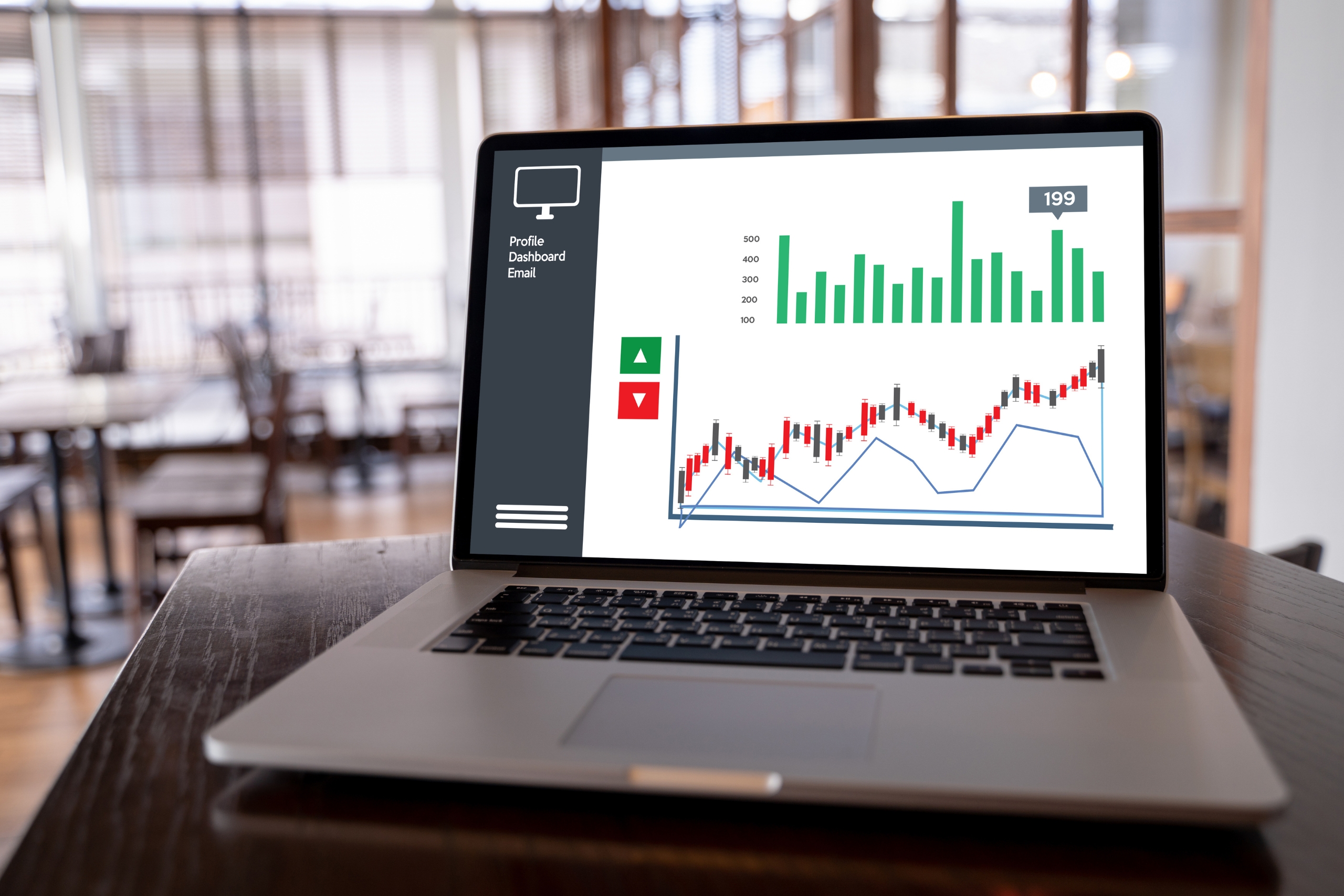Introduction
Every agency talks about growth, yet few manage to convert that ambition into predictable, compounding revenue. Project work brings a burst of cash and momentum, then everything goes quiet until the next campaign lands. The leadership team feels trapped on a treadmill—busy, exhausted, and unsure how to break the cycle. This is the moment when a business model shift matters more than another hustle-heavy month.
This gohighlevel crm case study follows a mid-sized digital marketing agency that replaced scattered tools and sporadic retainers with a single operating system for sales, marketing, and client delivery. The switch to GoHighLevel did more than consolidate software. It created subscription income, automated repetitive work, and turned their service shop into a platform-led partner. Six months later, their monthly recurring revenue had increased tenfold, churn was trending down, and the team was finally planning quarters ahead instead of scrambling week to week.
The Situation Before the Shift
The agency had grown in bursts. A strong referral would arrive, the team would sprint, results would look great, and then the account would wind down. New business prospects sat in spreadsheets and inboxes. Lead follow-ups depended on one person remembering to send a note. Reporting was rebuilt every month from a blend of ad platforms, email tools, and manual screenshots. The group was capable and motivated, but the system surrounding them weakened every gain they made.
Clients felt the seams. They loved the creative work yet wanted more visibility and faster communication. Leadership could sense how much potential was being left on the table. They were not short on demand; they were short on structure. Harvard Business Review has covered this pattern repeatedly: when operations are piecemeal, customer experience becomes inconsistent, and inconsistent experience becomes churn. The agency knew they needed one platform that would become the single source of truth for leads, deals, campaigns, and client-facing updates.
Why GoHighLevel Was Selected
Several tools were evaluated, but most options solved one slice of the problem while creating new integration chores elsewhere. GoHighLevel stood out because it connected the entire client journey—from first touch to renewal—inside a unified command center. Pipelines, funnels, email and SMS, calendars, automations, and client portals lived together. Just as important, the platform’s white-label capabilities made it possible to package software access as its own subscription, letting the agency sell outcomes and infrastructure together instead of pitching one-off deliverables.
HubSpot’s research has long linked integrated CRM use to stronger revenue performance, and this choice leaned into that insight. Rather than paying for another add-on, the agency adopted a system that could replace the patchwork and become the chassis for growth.
Implementation: Turning a Platform Into a Practice
The first thirty days focused on simplification. Campaign assets, contact records, and deal stages were pulled into GoHighLevel so the team could operate from one dashboard. Pipelines were mapped to reflect how prospects actually moved—from inquiry to discovery call, proposal, verbal yes, and signed agreement—and every stage gained its own triggers for reminders and next steps. The goal was not technology for technology’s sake; it was clarity. Sales reps could now open a single screen to see aging opportunities, stalled deals, and hot leads requiring a same-day nudge.
With operations centralised, the agency introduced a branded platform subscription for clients. Instead of selling “a campaign,” they offered an ongoing growth environment that included access to their white-label GoHighLevel instance. New clients received a login, a configured funnel template, prebuilt automations for lead nurture, and a shared portal that showed performance without waiting for the end-of-month deck. The switch changed the conversation from deliverables to outcomes. Clients experienced value every day they logged in, not only when a report arrived.
Automation came next. Onboarding no longer meant a string of emails and calendar back-and-forth. New accounts received an automated welcome sequence, forms collected access securely, and a kickoff checklist appeared inside the client portal. When a lead filled out a website form, the system logged the record, scored the activity, sent a confirmation text, created a task for the assigned rep, and offered a calendar link to schedule a call. Follow-ups were no longer a memory test; they were a workflow. The team could finally spend time diagnosing performance and shaping strategy, while the platform handled the repetition that had consumed hours every week.
What Changed After Six Months
The financial picture was the first signal that the new model was working. Monthly recurring revenue rose in steady increments until the total was roughly ten times the pre-GoHighLevel baseline. That outcome did not arrive as a single windfall. It came from stacking dozens of small, consistent gains: a higher trial-to-paid conversion rate because nurture sequences were timely, a larger average contract value because the subscription included platform access, and more renewals because clients saw results in their portal week after week.
Team bandwidth improved. Before, adding five new clients would have demanded another hire and absorbed attention across the agency. With workflows in place, onboarding became a guided path, routine tasks executed automatically, and each account manager could carry a larger book of business without sacrificing responsiveness. HubSpot has documented productivity lifts when CRM automation augments sales and service work, and the team’s calendar told the same story—more strategic meetings, fewer manual reminders.
Client retention followed. The branded portal changed how clients felt about the relationship. Instead of waiting on updates, they could open a dashboard and see lead counts, pipeline values, call outcomes, and campaign performance. The conversation shifted from “What’s happening?” to “Let’s discuss how to fine-tune the next step.” Forbes has highlighted how visibility and cadence strengthen loyalty; the agency’s renewal rate reflected that principle as the year progressed.
A Client View From Inside the Portal
One of the agency’s local service clients offered a simple description during a quarterly review. They said that a year earlier they were guessing about where inquiries were coming from, and now they could see every form fill, call recording, and campaign touchpoint without contacting the agency first. They felt less anxious because data was no longer hidden in separate systems. That confidence translated into a longer commitment and a willingness to test an additional geography, which lifted the client’s own revenue and, in turn, the agency’s subscription plus service mix.
Operational Details That Mattered Most
Several practical choices made the rollout stick. Deal stages were written in plain language so any team member could understand what to do next. Pipeline rules prevented deals from lingering without activity for more than a set number of days, prompting either a re-engagement or a clear close-lost note that fed future analysis. Sequences were built to sound human, with short messages and clear next steps rather than templated jargon. The agency resisted the urge to install everything at once and instead introduced automation only where it removed friction or protected revenue.
On the client side, the first month of every relationship included a working session dedicated to the portal. The agency treated it like product onboarding, walking stakeholders through dashboards, showing where leads appeared, explaining how to request updates, and confirming notification preferences. That single session cut down on back-and-forth email, reduced perceived response time, and made it easier to introduce new features later without confusion.
The Numbers Behind the Narrative
Even without turning this into a finance report, certain figures illuminated the change. Average days-to-close shortened because prospects were nudged at the right moment instead of drifting after the proposal. Win rate rose because reps had context on every call, thanks to recorded interactions and tracked touchpoints. The agency’s cost to serve per client dropped as automation took over routine tasks, which meant each dollar of revenue carried a healthier margin. Harvard Business Review has explored how process discipline and centralized systems raise both growth and profitability; the agency’s income statement finally mirrored that research.
Lessons Other Agencies Can Apply
Three themes repeated themselves in internal retrospectives. First, recurring revenue creates room to think. Predictable subscription income turned hiring and investment into a plan instead of a guess. Second, automation works only when it sounds like a person. The team worked hard on the copy until each touch felt like a careful hint instead of a mass email. Third, exposure keeps people from leaving. Stakeholders never had to guess if work was going on behind the scenes because the site made progress real.
These ideas are not novel on their own, but together they formed a new operating rhythm. Instead of treating sales, delivery, and reporting as separate tasks across scattered tools, the agency adopted one system where every moment of the client journey lived in context.
What This Means for Agencies Considering a Platform Pivot
The business case extends beyond one firm’s story. Agencies of all sizes face the same risks: brittle revenue, overloaded teams, and clients who expect clarity. Platforms that combine CRM, marketing execution, and client-facing transparency can neutralize those risks. HubSpot’s body of work on lifecycle alignment, along with Forbes’ coverage of subscription economics, points to the same conclusion—recurring value and integrated operations outperform ad-hoc execution over the long run.
GoHighLevel adds a twist by letting agencies sell the platform as their own. That white-label layer changes positioning in the market. Instead of being viewed as a vendor that makes ads or emails, the agency becomes a growth partner delivering both expertise and the software backbone. Prospect conversations evolve from “What will you build this month?” to “How fast can we scale inside the system you’ve already set up for us?”

Conclusion
The outcome of this gohighlevel crm case study is straightforward. When a team replaces a tangled tool stack with a unified platform and couples it with a subscription-first offer, the economics of the agency improve. Monthly recurring revenue grows in steady steps, workloads become manageable, and the client experience strengthens because visibility is built in rather than bolted on. The tenfold increase in MRR over six months did not come from a single masterstroke. It came from eliminating small frictions, bringing the customer journey into one view, and delivering value every day through a branded system clients rely on.
For agency leaders wondering whether a change like this is worth the effort, the evidence is persuasive. Integrated CRM platforms streamline the path from lead to renewal, automation removes the drags that slow teams down, and recurring access to a white-label environment gives clients a reason to stay. That combination is what turns ambitious targets into an operating reality, and it is why this agency moved from sporadic success to durable, compounding growth.




